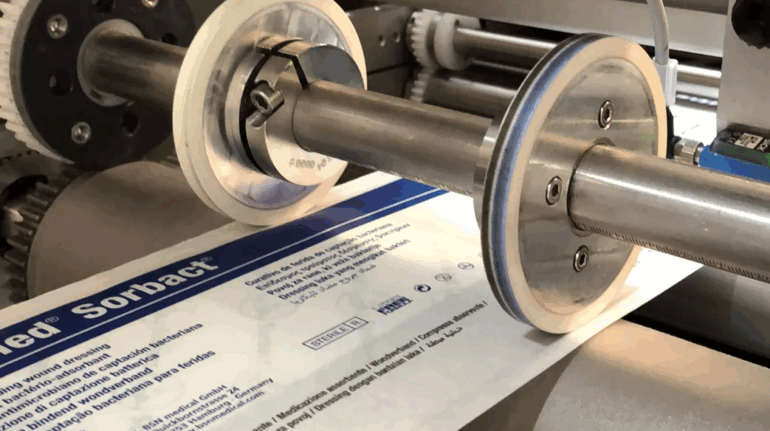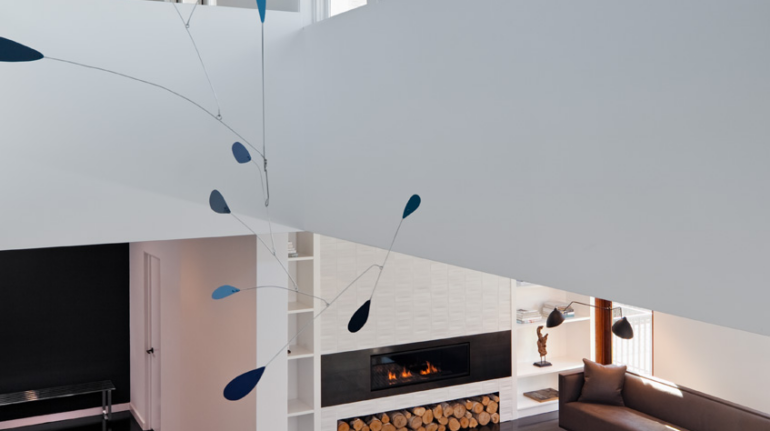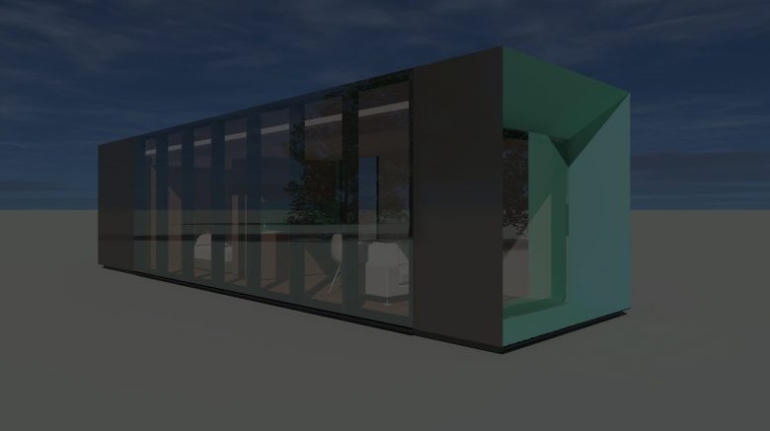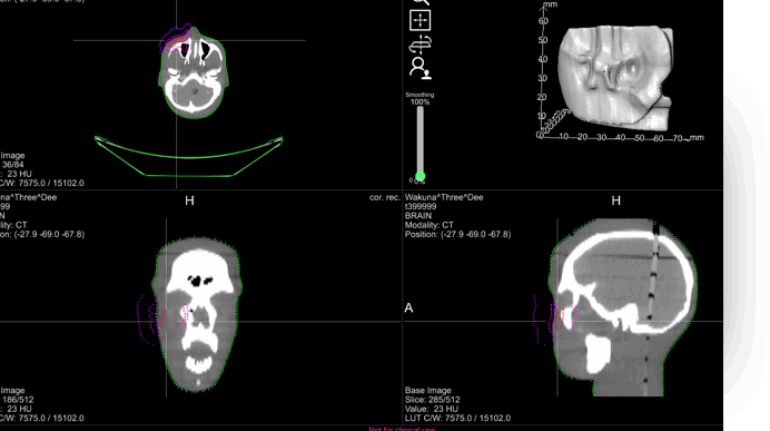INTAMSYS FUNMAT HT Printer Bridges Spare Part Delivery Gap for ABRIGO Medical
Shanghai-based 3D printer manufacturer INTAMSYS has helped Swedish pharmaceutical firm ABIGO Medical keep its production line running by filling a delivery gap of spare parts with re-engineered 3D printed substitutes.






